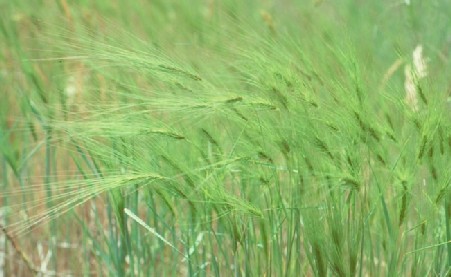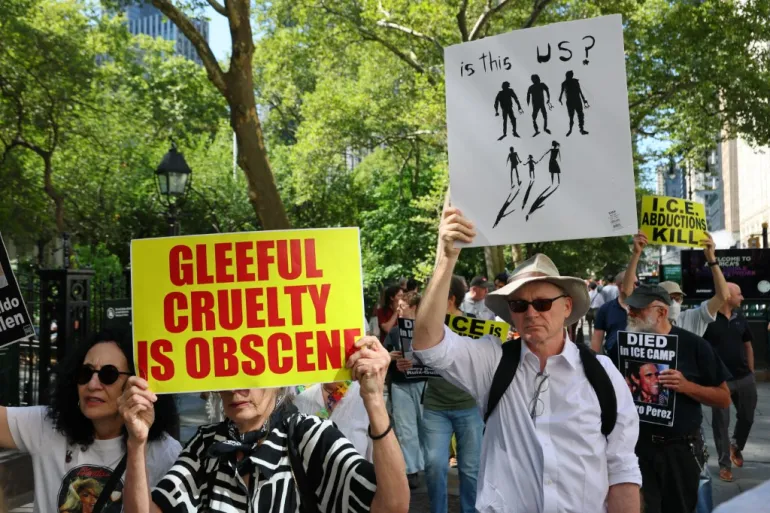Invasive Plant Species Could Inflict Significant Economic Costs on Wyoming, Report Finds

A recent report made public by the Sheridan County Weed and Pest Control District highlights the serious economic threat posed by invasive plant species to Wyoming’s economy, Sheridan Media reports.
According to the report, conducted by the Wyoming Weed and Pest Council (WWPC) in collaboration with the University of Wyoming, these plants could cost the state over $300 million annually if left unchecked.
The study focused on 10 invasive species, including cheatgrass, hoary cress, leafy spurge, and palmer amaranth, assessing their potential economic impact on each county in Wyoming. All 23 local weed and pest districts participated in the report, contributing valuable local insights. The findings underscore the risk invasive weeds present to agriculture, livestock, native species, and natural habitats.
WWPC President Donley Darnell emphasized the importance of understanding the scope of the problem.
“It’s easy to dismiss invasive weeds as a minor issue, but they can have far-reaching economic consequences,” Darnell said. “Unchecked, they can damage rangelands, crops, and affect the state’s native flora and fauna.”
The total projected cost of these 10 invasive species could exceed $300 million annually, which does not account for any potential new invasive species that might emerge in the future. Currently, the State Designated Weed List contains 21 other species in addition to those studied, further complicating the situation.
While the study largely focuses on the agricultural impact, both WWPC and the University of Wyoming caution that the figures presented should be viewed as conservative estimates. The groups stress that it is vital for communities across the state to remain proactive in preventing the spread of these harmful plants.
“It’s a collective effort to preserve Wyoming’s natural beauty,” Darnell added. “Working together with the university for this study was an essential step. Now, it’s crucial for all of us to stay vigilant and take the necessary actions to curb the spread of invasive species.”
To support the effort, individuals are encouraged to learn more about invasive plants and report sightings to local weed and pest districts. Educational resources and online reporting tools are available at wyoweed.org/identify-weeds. For a complete copy of the study and additional resources, visit wyoweed.org/publications.








The latest news in your social feeds
Subscribe to our social media platforms to stay tuned